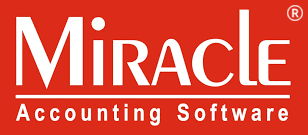What is E-Invoice System?
- Home
- miracleaccountingsoftware
- What is E-Invoice System?
About
[mc4wp_form id="782"]
Account Tech Solutions was started in 2019. Since stating years we are amongst the top 10 accounting software providers in India. Initially, the company started the development of customized software and gradually shifted to different kinds of Packaged Accounting Software.
Quick Links
Quick Links
Copyright © 2023 Account Tech Solutions
Copyright@ Miracle Accounting Software Logo and Miracle Features are reserved by RKIT Software
PVT LTD” ).



